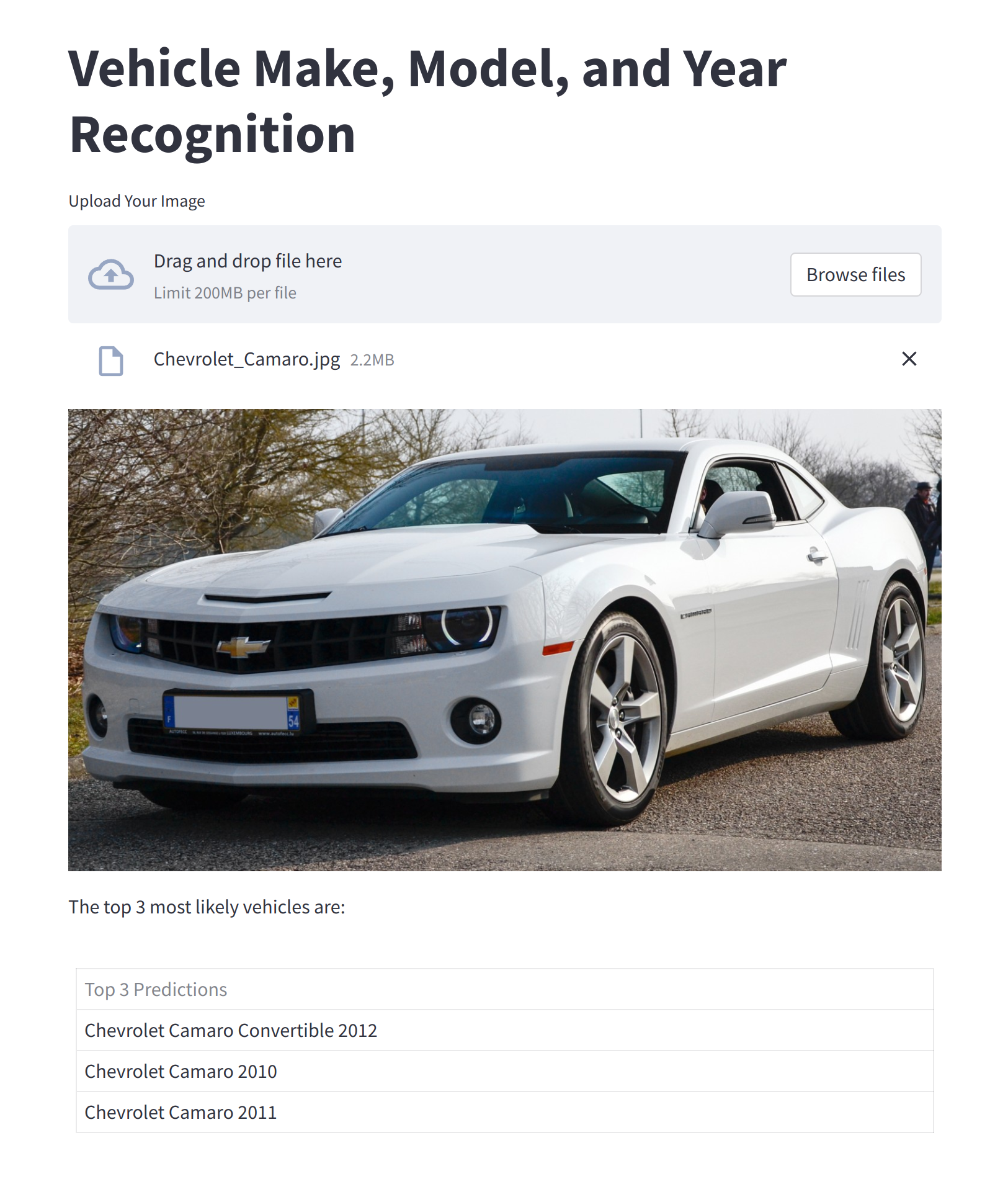Data used here is freely available from the following sources:
- Numpy
- Pandas
- Scikit-Image
- Torch
- Torchvision
- tqdm
Download all the above described data sources and place them each in its appropriate folder. For example, the downloaded
training images folder car_train be placed in StanfordCars.
This task is an example of Fine-Grained Image Classification, and Transfer Learning. The initial hypothesis is to avoid fine-tuning; because we have limited data per class, we would be likely to overfit if we fine-tuned the entire network. Instead, we will freeze all the network weights of the pretrained ConvNet, replace the final fully-connected layer to one with appropriate output dimension (random weight initialization); and treat the ConvNet as a fixed feature extractor. We work under the assumption that the ImageNet pretrained features are similar enough to our vehicle dataset, and therefore we can train on top of the network (as opposed to at a stage earlier in the network, where learned features are more general).
Two popular VMMR datasets, Stanford Cars and VMMRdb, were unified for this undertaking. This was to ensure adequate amounts of training data. Especially from the VMMRdb data, images are of varying qualities and taken from multiple view angles; hopefully this will allow for greater generalization ability of the trained network.
The VMMRdb dataset had many classes with few datapoints. These classes and associated samples were removed.
Stratified Sampling was used in order to ensure the training, validation, and test sets have equal proportions of samples of each target class. This is especially important because the dataset suffers from imbalance.
Data Augmentation was used in order to synthetically increase the amount of training data per class.
- To improve the system, further data could be acquired in order to increase the number of classes that the model is trained on. This would allow for a more comprehensive vehicle recognition system, able to identify many more makes and models.
- Additional data augmentation transformations could be implemented (possibly with pre-computation) to allow training on classes which inherently have an insufficient number of training examples.
- VMMRdb
- Linjie Yang, Ping Luo, Chen Change Loy, Xiaoou Tang. "A Large-Scale Car Dataset for Fine-Grained Categorization and Verification", In Computer Vision and Pattern Recognition (CVPR), 2015.
- CS231n Transfer Learning Notes
- Pytorch Data Loading Tutorial
- Streamlit webapp example
- The Car Connection Picture Dataset
